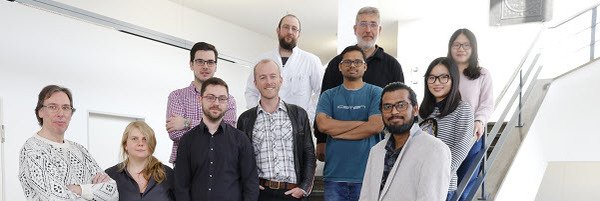Journal Article
Güder, Ü.; Yavaş, A.; Demirel Gökalp, Z.; Cem Tasan, C.; Raabe, D.: From Crucible Steel to the Battlefield: Investigating a Unique Early Medieval Arrowhead from Anatolia. Metallography, Microstructure, and Analysis
14 (4), pp. 663 - 674 (2025)


